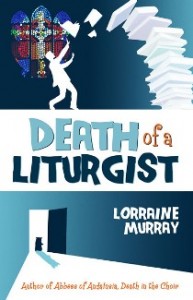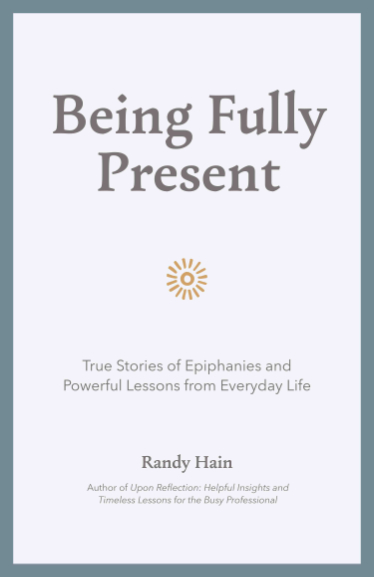 Sometimes I yearn for a dog. I’ll see a fluffy guy scampering down the street and think about how much fun it would be to have him as my very own. He would sit with me at night while I’m reading. He would sleep on my feet as I’m at the computer writing.
Sometimes I yearn for a dog. I’ll see a fluffy guy scampering down the street and think about how much fun it would be to have him as my very own. He would sit with me at night while I’m reading. He would sleep on my feet as I’m at the computer writing.
Then I see myself getting up early on cold rainy days to walk this fluffy beast. I see myself hauling big bags of dog food home from the grocery store. And, oh, don’t forget cleaning up after Fluffy in the early days when he is learning his manners.
At that point, I realize the truth: I must be content with the dogs I’ve created myself, the ones that exist only in the pages of my books. They don’t have to be walked, and they never shed on the couch. And if they have an accident on the carpet, it’s no big deal.
I’ve been a writer for many years. I write two columns a month on religious topics for the local secular press and two for the Catholic press. And although I do enjoy writing these reflections on faith, I have never found myself chortling with glee as I sit at the computer.
This all changed when I switched to fiction. All of a sudden I had a delicious inkling of what God might have felt in the Garden of Eden when he was creating all those animals. I mean, he must have chuckled when he saw the giraffe, the hippopotamus, and the duck-billed platypus.
I found myself laughing out loud when a pure-black dog named Spot showed up at the rectory of St. Rita’s church, the fictional setting for “Death in the Choir,” my first mystery. I chuckled some more when I realized he was about to give the pastor a major scare in the middle of the night.
The poor man heard scratching sounds in the hall and thought there was a demon loose, so he grabbed his crucifix and went to hunt it down. What he confronted was demonic indeed – a big black blur and the smell of something sour as the blur knocked him down. But it was merely Spot.
As I was writing my second, recently published mystery, “Death of a Liturgist,” another dog showed up. I swear I didn’t consciously select his features; instead, they seemed to spring onto the page full-blown. This dog is a big, shaggy, poodle-like beast with crooked front paws. The children at St. Rita’s school named him Dopey because he is unable to perform even the smallest trick properly.
One day, while I was writing about the archbishop’s visit to St. Rita’s, Dopey really surprised me by climbing up on the Queen Ann recliner in the sitting room of the rectory. There, he lounged about and enthusiastically hunted for fleas. When the archbishop entered the room, the pastor nearly died of embarrassment, but Dopey refused to budge.
Where do the animals in fiction come from? Where do the people come from, for that matter? I honestly can’t say. There is a true mystery that a fiction writer gets engulfed in whenever she sits down at the computer keyboard.
I do know, however, that every writer, painter, and poet has a chance to do something J.R.R. Tolkien called “sub-creating.” This is the act of giving life to people, animals, and events in a world that the artist himself fashions. For Tolkien it was Middle-earth, but for me, it is a more down-to-earth version of the real world.
It would be misleading, though, to say that imaginary pets in a fictional world require no care at all. On the contrary, an author must keep track of the animals he creates.
In “Death of a Liturgist,” for example, there is a hamster named Ignatius on the loose in the rectory –and I had to double-check the manuscript to make sure I’d provided him with sufficient stashes of food and water to sustain himself on his odyssey. I also had to be sure he was out of harm’s way when the cook dropped a blueberry pie.
In my books there are many beasts drooling on the couch, shedding on the carpet, begging for treats, screeching for attention, and generally causing a ruckus. In my study in the real world, all is calm and relatively quiet. And in the future, whenever I feel the need for a new pet, I shall simply create one. It sure saves on veterinary bills.
Lorraine’s latest mystery is “Death of a Liturgist,” a wild romp through a traditional parish that is hijacked by a man who wants everyone to feel groovy at Sunday Mass. She also has written “Death in the Choir” and five other books.













